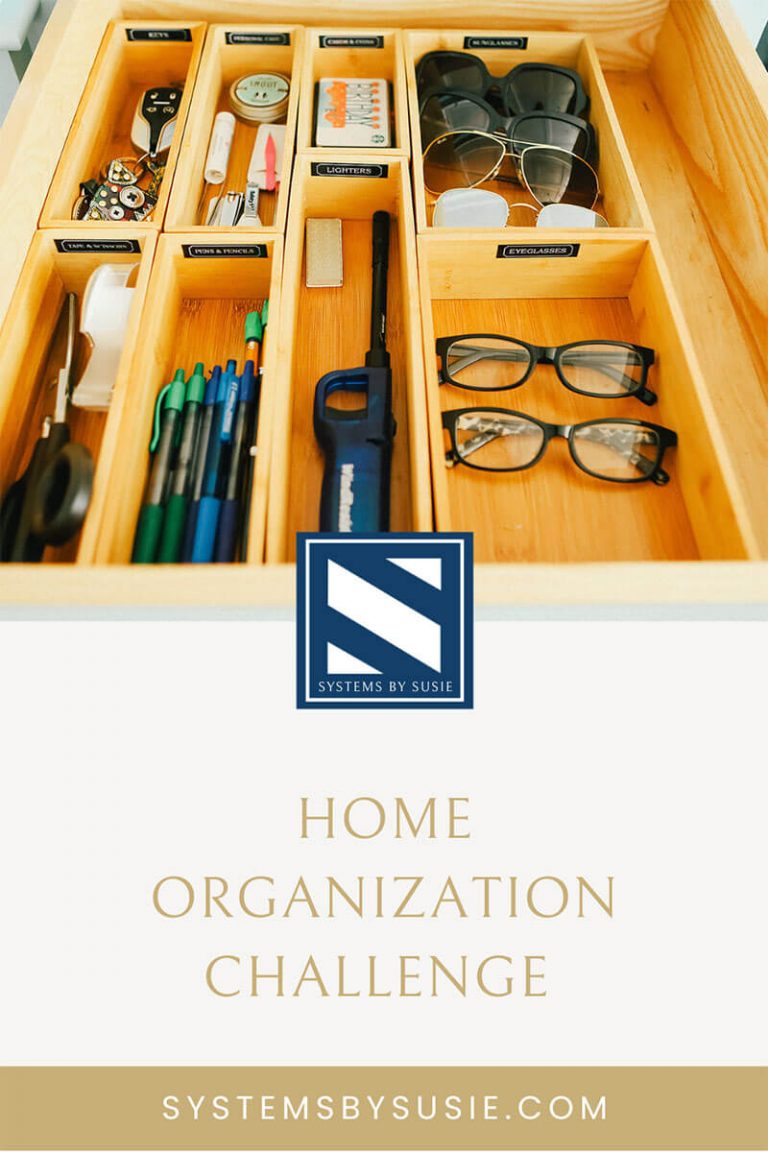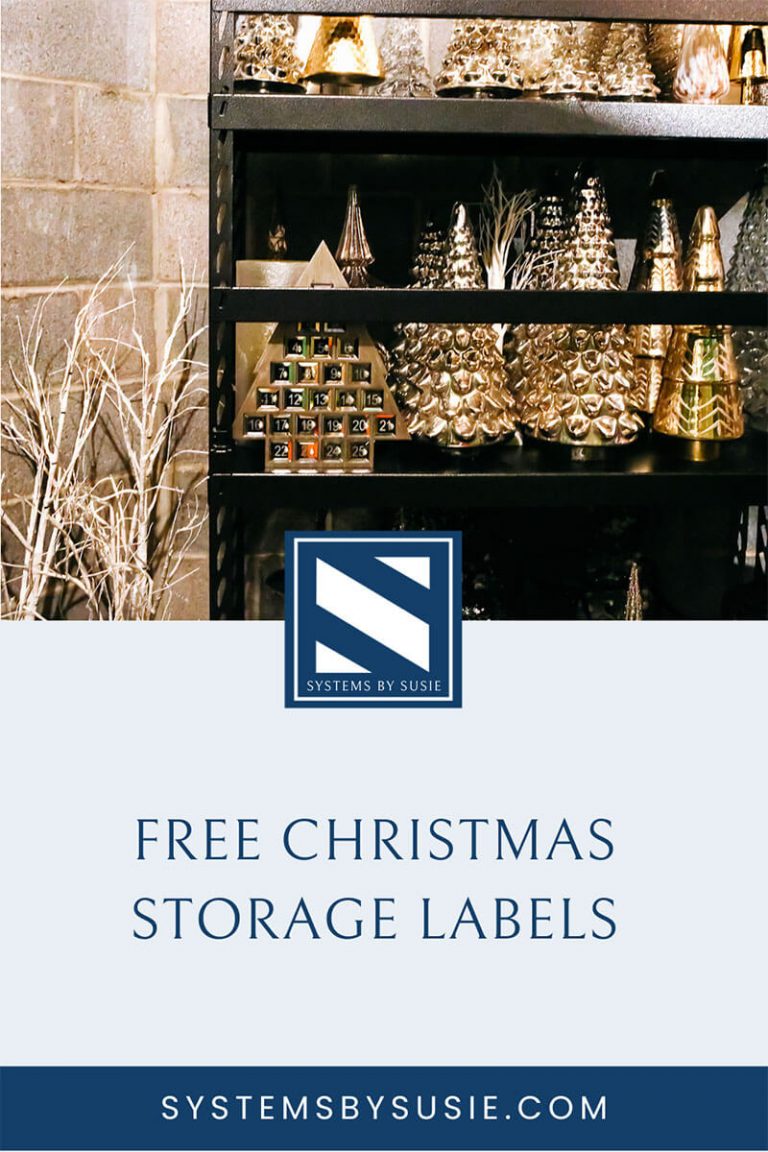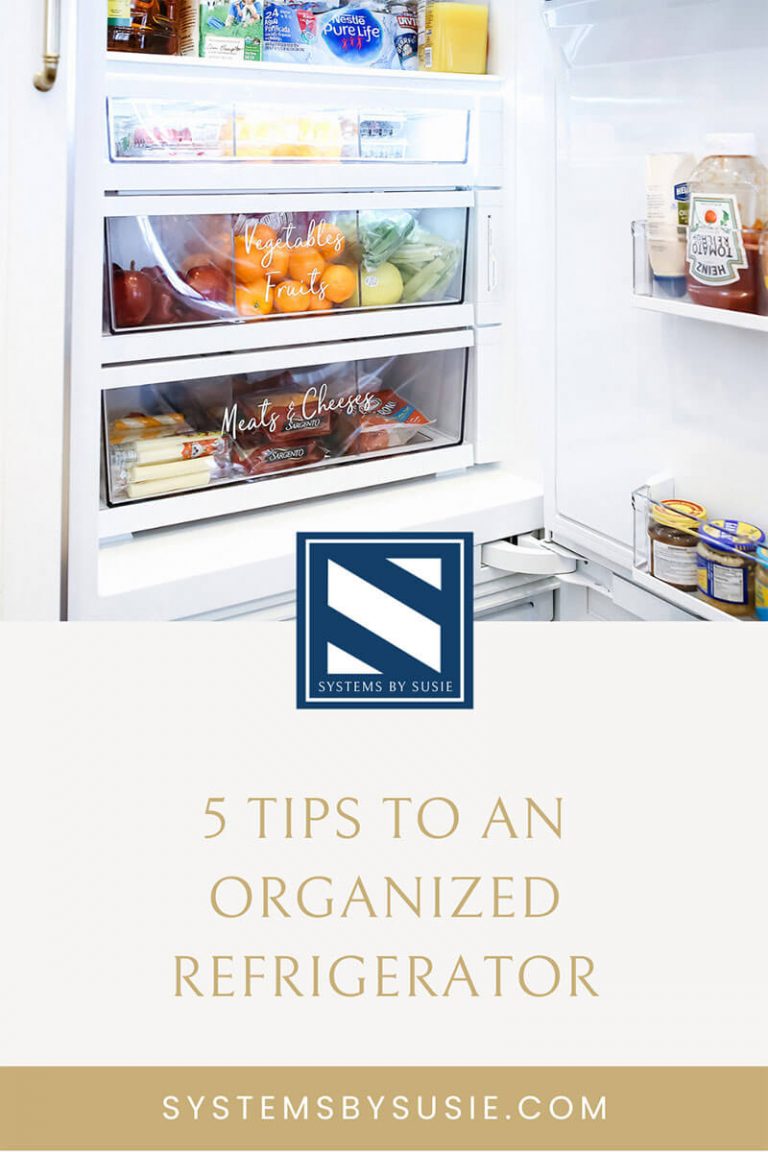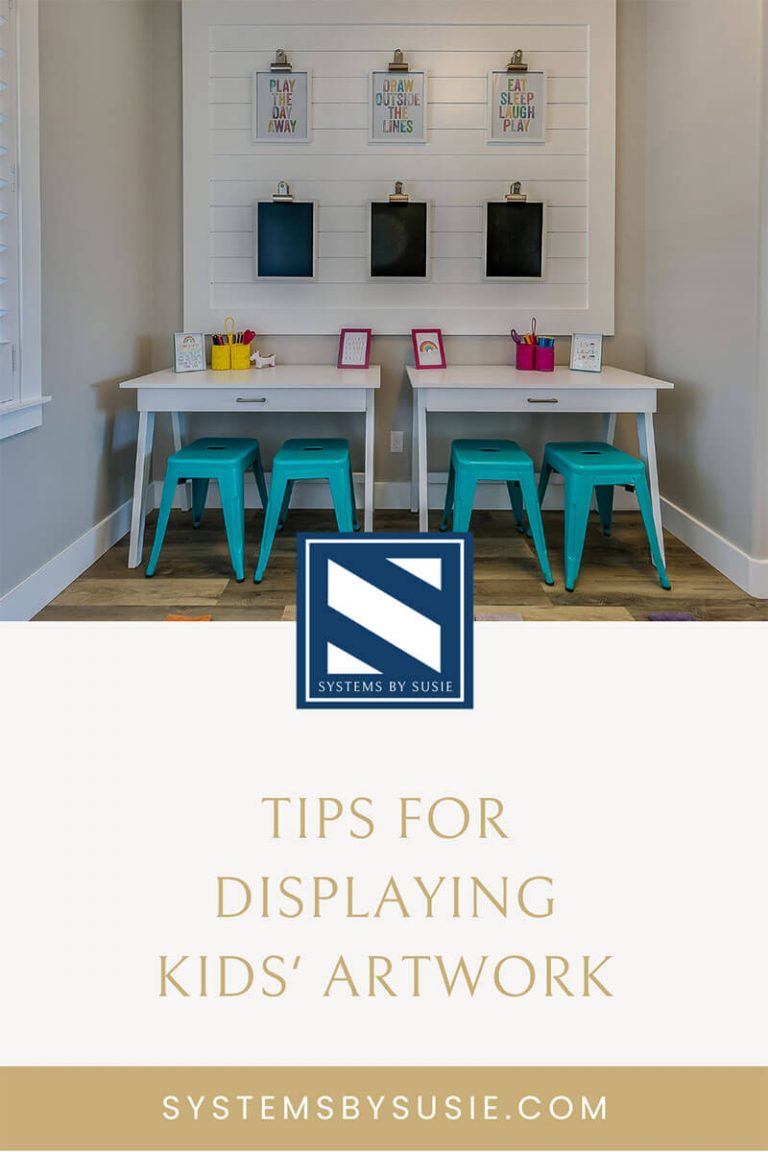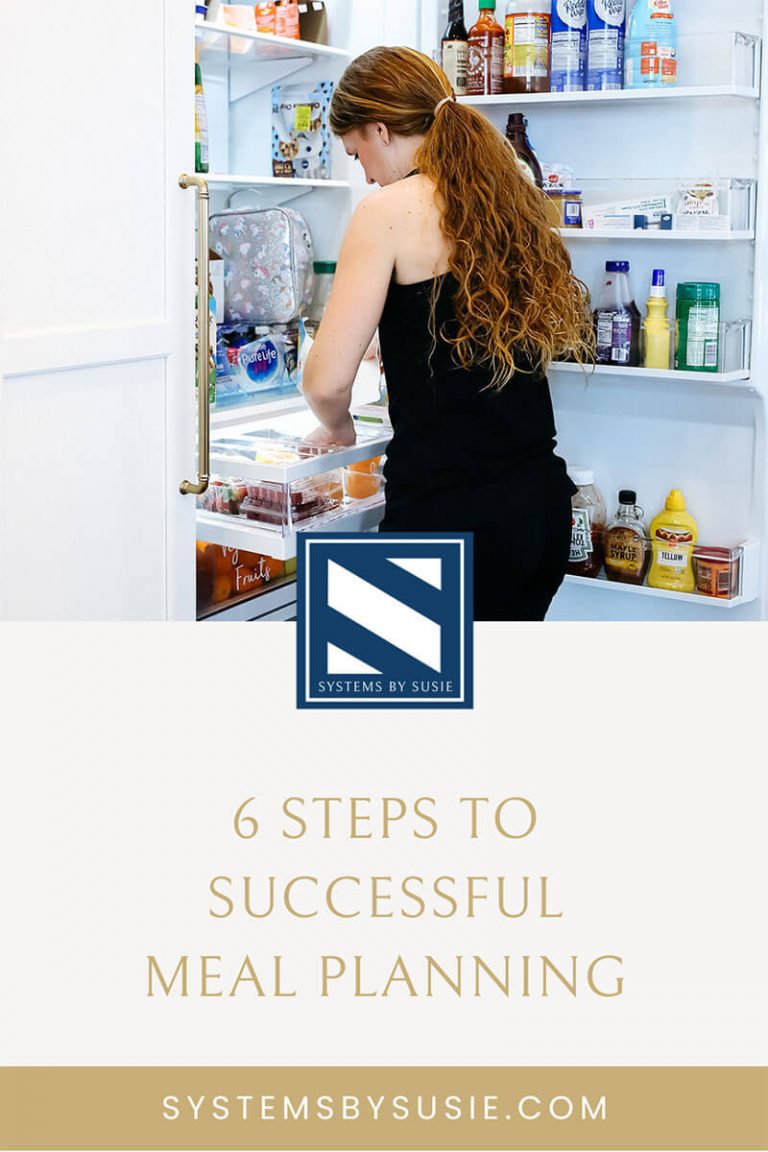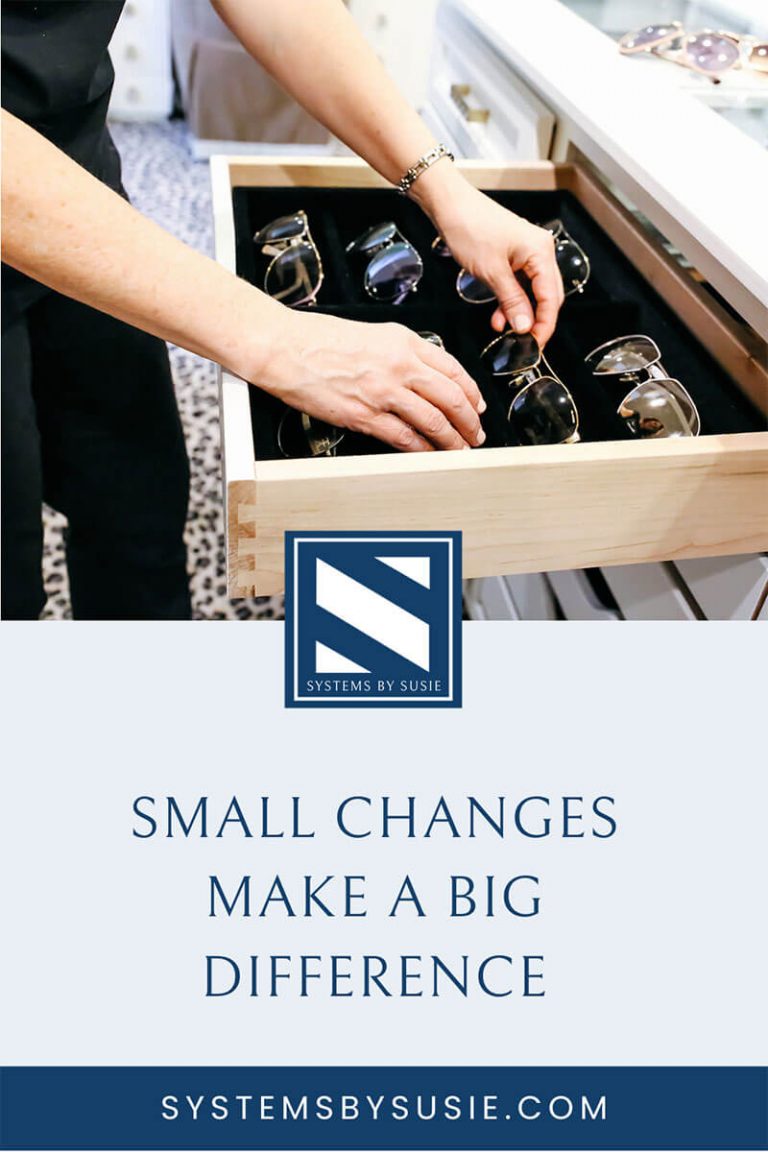Kitchen Organization (Project Feature)
Kitchen organization can be daunting. It’s often the room in our home that has the most stuff. Join me and my team as we walk you through the stages of a recent project, and pick up some tips and tricks along the way!

Kitchens have many jobs; they have to hold our food, dishes, silverware, cooking equipment, and often linens and cleaning supplies, too. It’s easy for the space to get overwhelmed by things.
The Process of Kitchen Organization
Remember that very often in organizing it gets worse before it gets better. Our first task after identifying what wasn’t working for the clients was to remove EVERYTHING from the cabinets, pantry, and drawers. Here you can really see just how much a kitchen holds! After everything is out, it’s easier to sort, remove redundant items (and expired food), and plan zones. It’s also easier to test products to see what fits in empty spaces.



Once we’ve sorted through everything, it’s time to make a plan for putting it back. Trying out different products to see which fit best is key for my team. If you’re doing this on your own, you’ll want to clean out all of the empty spaces and then measure. (You can always put things back temporarily without bins – or in makeshift bins – until you have time to shop.) When looking to purchase bins for cabinets, pay special attention to the depth; you don’t want wasted space in the back of cabinets and shelves. Don’t be afraid to order more than you’ll need. You can always return anything you don’t use, and you’ll cut down on orders or trips to the store.
Are bins really that useful?
You might be asking yourself why you need bins in the first place. Reason one is that we are more likely to keep things organized when everything has a designated spot to go. The bin contains the items, making sure they have a permanent home. They also help other family members and guests know where something goes – especially when well-labeled. (Remember that labels should be general enough to hold similar items. For example, use “pasta” or “grains” instead of listing a specific type.) Bins also make it easier to reach things in the backs of cabinets, especially high ones. Instead of having to get a stool and reach way in the back, you just pull the bin out and have easy access to all the contents. Nothing gets hidden, and ultimately forgotten, in the back of the cabinet. You’ll waste less!
The Transformation
In this space (and in every kitchen we do), we paid close attention to the “prime real estate”. Your prime real estate are the shelves and cabinets that are easiest to reach, around eye level. Put things up high and down low that are infrequently used and move the commonly grabbed items in your prime real estate area.
We also added a few more pull out shelves to lower cabinets (these are also so handy to keep things from getting lost and forgotten in the back of lower cabinets), and swapped the locations of a few things to make them fit the space better. Other things just required a tidy and some nice folding, or bins and labels. I’ve included tips for each space shared below:
By using these stands, we were able to double the storage in this space. Notice how the less frequently used items were stored on higher shelves.

The bottom of this shelving unit serves as a small command center for the family. Each parent has a designated bin to store their keys, glasses, and other items they take with them when they leave the house. The kids have their own bin, too. To the right, recent paperwork (with upcoming action items) are stored temporarily. Doesn’t the rainbow organization of the cookbooks just add something special?! I love it!

For tips on folding kitchen linens, check out this video. Use a drawer divider to help them stand up.

I could write a whole blog post on pantry items – and, in fact, I will soon! Some of my favorite products for pantries are shared below. You can see all of them in this photo!

When organizing food storage containers, use a clear acrylic bin to hold all of the lids. It may be tempting to match lids to bottoms, but this takes up more room. Instead, keep the lids separate and nestle matching shapes into one another.

The fridge is a great example of where keeping labels generic helps. Unless it’s something you know you’ll buy every shopping trip forever, it probably doesn’t need its own label. Generic terms like “dairy,” “condiments,” “vegetables,” and “fruits” work best.

If you store all of your cleaning products under the sink, it can get a bit hectic and it’s hard to find things when you need them. Grouping like products and containing them in a well-labeled bin helps. Clear bins let you see how much of something you have, so you don’t end up with five bottles of window cleaner!

Ah…the junk drawer. We all have it. It may seem tedious to label each small container here, but I guarantee it will make a difference. Small items really benefit from individual compartments. Look for a good fit for each type of item; it’ll help everything fit in the drawer and keep things from overlapping and returning to chaos.

Spices are another area where we can easily buy three of something because we forget we already have it. In this case, we put frequently used spices on the lowest level, with less frequently used items in the bins right above. Extras of the ones below went to the very top. Always shop your backstock before heading to the store!

A Few of Our Favorite Kitchen Organization Products
[show_shopthepost_widget id=”4354930″]
Shop this post by clicking on the photos above. I also have a comprehensive list of my favorite kitchen products in my Amazon Store.
If your kitchen and/or pantry are in need of help and it seems like an overwhelming project to tackle on your own, please contact us. We would love to help transform the heart of your home into a space that functions at its very best for your family. Read about all of the services we offer here.
Happy Organizing!

